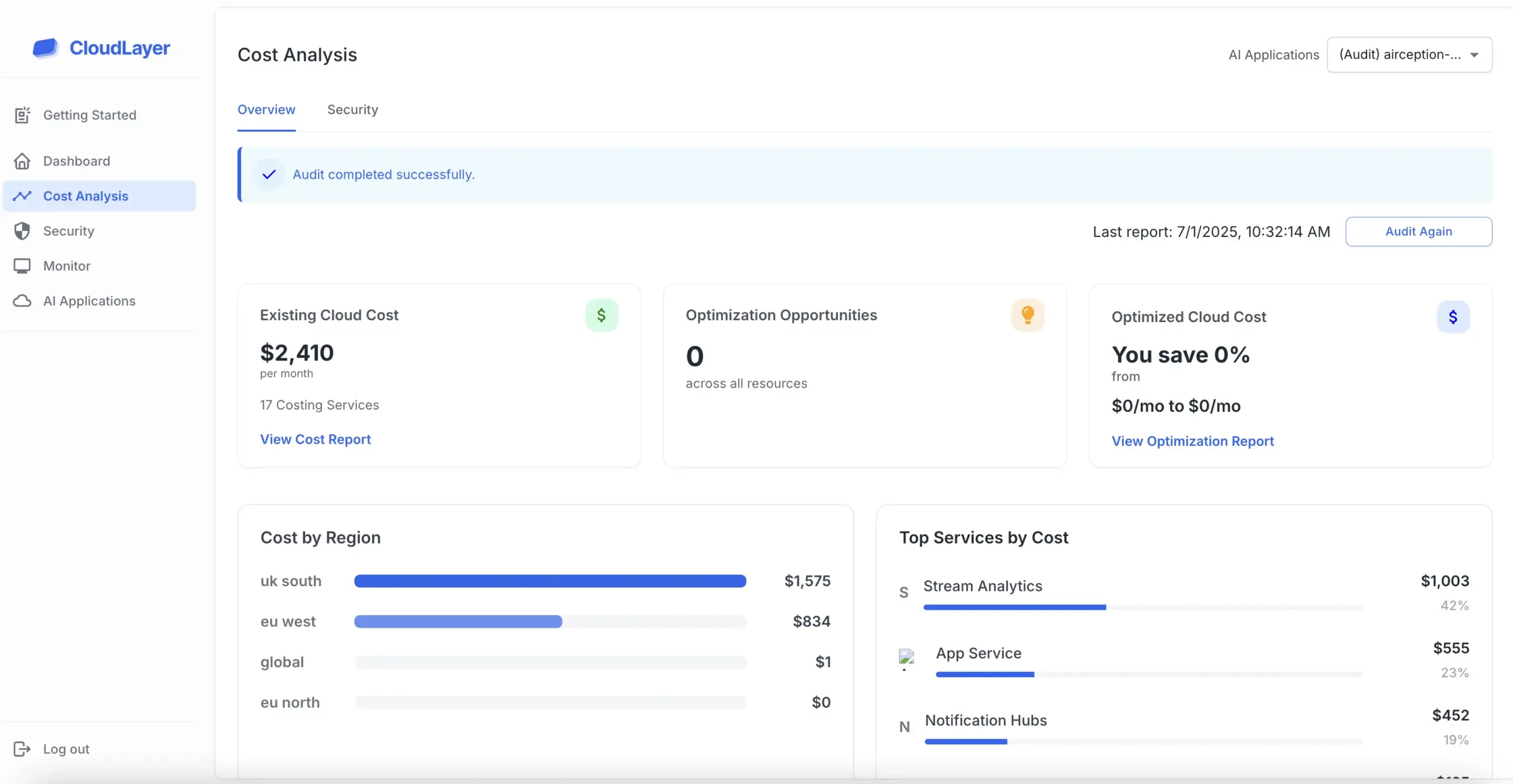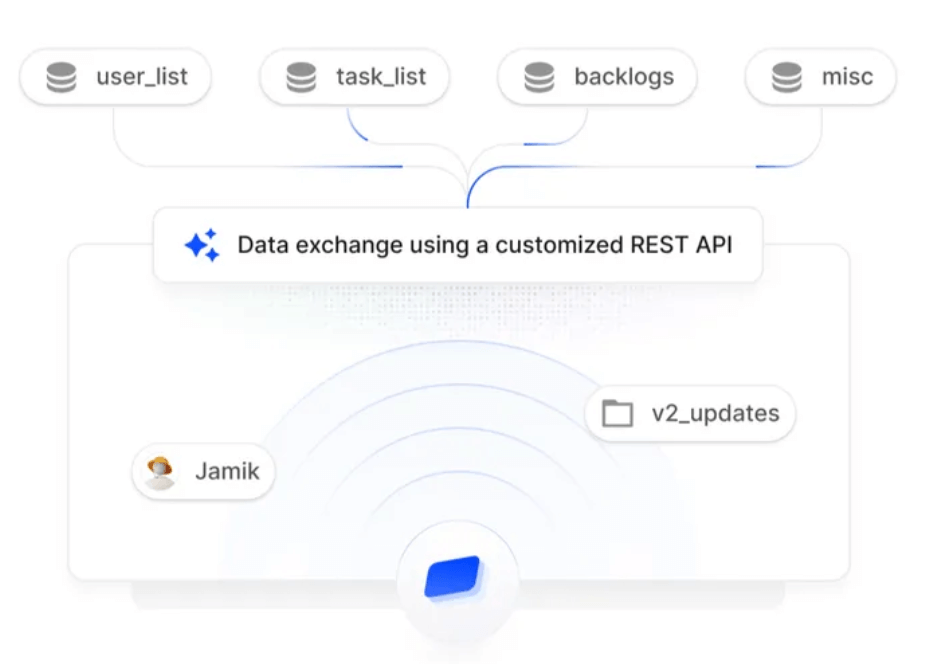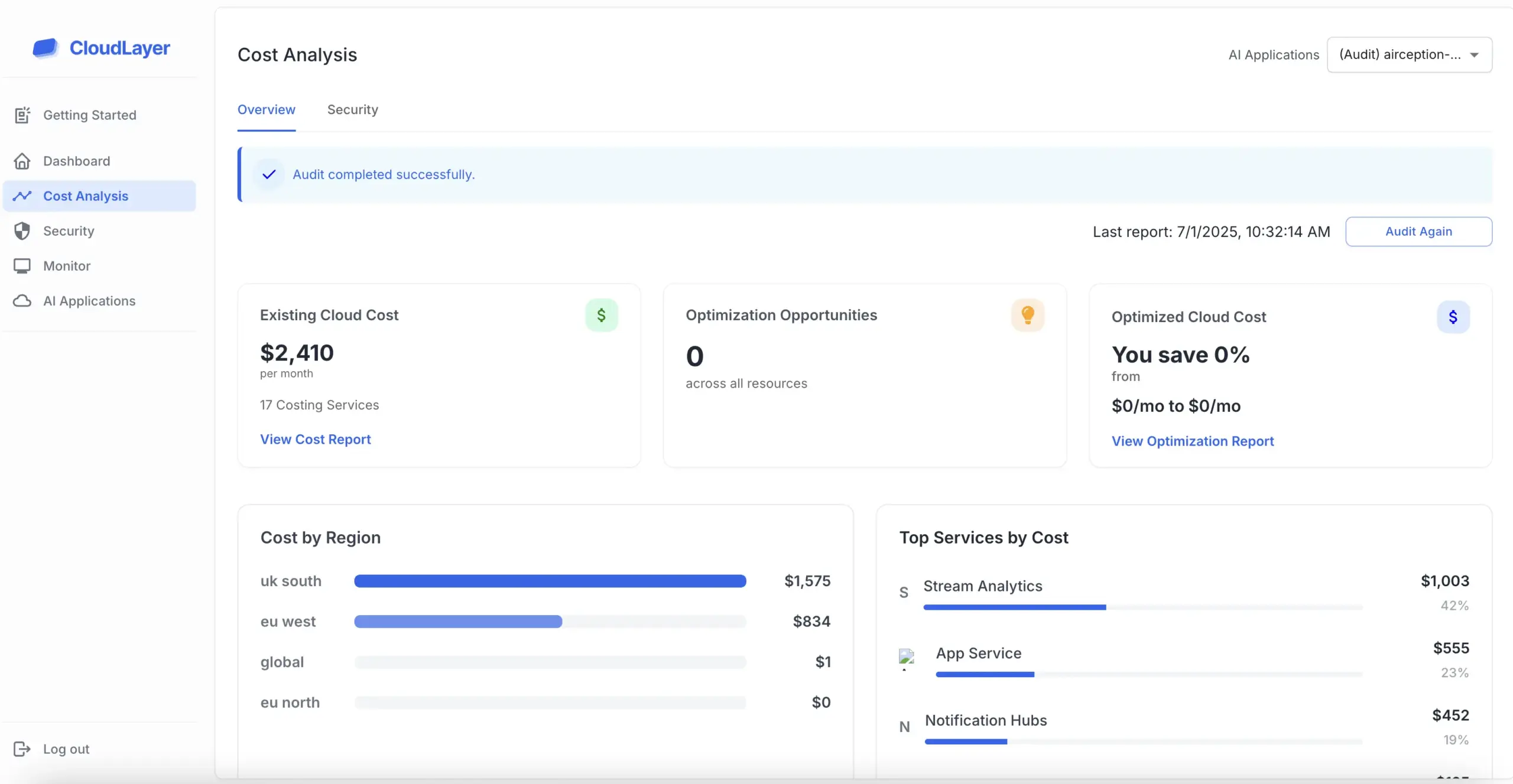

Cloud infrastructure refers to the collection of physical and virtual resources that are required to support cloud computing services. These resources include servers, storage systems, networking components, and virtualization technologies that work together to provide scalable computing power.

The primary components of cloud infrastructure include hardware, software, and networking technologies. Hardware refers to physical servers and storage devices, while software includes applications and management tools that facilitate cloud operations.

There are several types of cloud infrastructure, including public, private, and hybrid clouds. Public cloud infrastructure is managed by third-party providers, while private clouds are dedicated to a single organization, offering enhanced security and control.

Cloud infrastructure provides numerous benefits, including cost savings, flexibility, and improved collaboration. By utilizing cloud resources, businesses can scale their operations without the need for significant investments in physical hardware.

